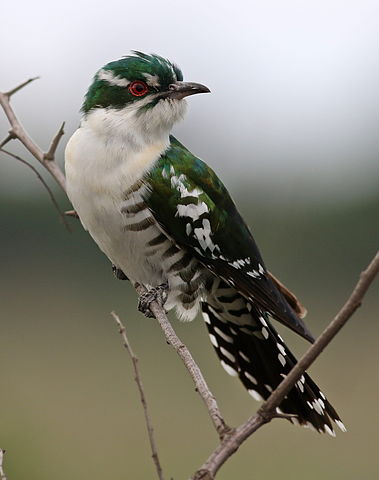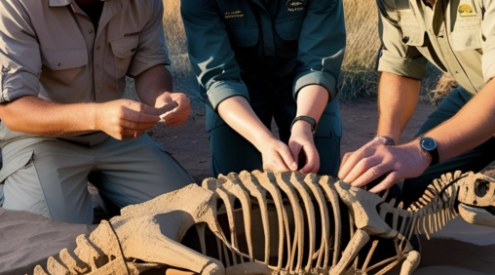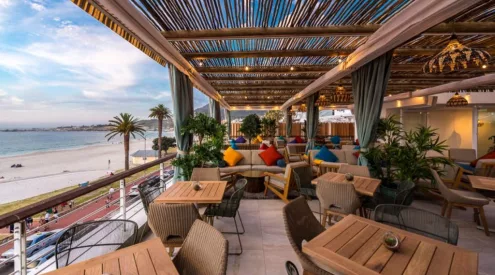The Kruger park teems with life in summer. As the bush turns green and the insects start to sing, the impala and other antelope drop their lambs, and all the migrant birds return to the Lowveld. Some travel further than others, some come to breed, and some come to enjoy a warm summer then leave. Here are five migrant species to look out for on your summer holiday in the Kruger.
1. Woodlands Kingfisher

Nothing signifies the arrival of summer in the Lowveld quite like the Woodlands Kingfisher. They arrive all of a sudden in mid-November and call non-stop until they leave again in mid-March. These colourful, vocal birds are intra-African migrants that travel from Central Africa to the Lowveld to breed. They are often spotted along riverbeds and in Kruger’s camps, sitting in pairs with wings outstretched, calling constantly. Woodlands Kingfishers tend to nest in holes created by other birds like woodpeckers and barbets, and usually produce a clutch of around 2-4 eggs. They are fiercely territorial, and will dive-bomb anything that gets too close for comfort, including humans! Despite their name, they don’t actually prey on fish. The diet of a Woodlands Kingfisher consists mainly of insects and lizards or frogs.
2. Red Chested Cuckoo

Also known as the rain bird, these intra-African migrants breed in southern Africa between September and March. They are synonymous with summer in the Lowveld, as their “Piet-my-vrou” call serenades the rainy season. Most cuckoos arrive in mid-October and they are usually gone by the end of April. For the other months of the year, they reside in Sub-Saharan Africa, in countries of Central, East and West Africa.
3. Diederik Cuckoo

Diederik cuckoos are intra-African migrants, and like most migrants of their kind, their movement depends on the arrival of rain. They inhabit all of southern Africa except for the arid desert areas along Namibia’s coast. Diederik cuckoos are brood parasites, which means they lay their eggs in other birds’ nests and don’t rear their own young. They tend to parasitise weavers, bishops and sparrows, and these birds will raise the Cuckoo young as their own. The female cuckoo will lay as many as 20 to 24 eggs in as many different nests during one breeding season. Their distinctive green plumage is hard to spot in summer, as the bush is so green in Kruger but they are often heard calling.
4. Wahlberg’s Eagle

Another example of intra-African migrants, Wahlberg’s eagles arrive in Kruger between August and September to breed. They depart between March and April, spending the rest of the year further north in Africa. Each year, a pair of Wahlberg’s eagles will use the same nesting site to raise their usually single chick. They prefer wooded savannah areas with tall trees, and prey on reptiles, small mammals and birds.
5. Amur Falcon

These small birds of prey descend on the Lowveld in November, gathering in small flocks of up to 30 birds. Weighing no more than the average banana, the males (grey) and females (flecked) breed in southeast Russia and northern China, then migrate west through India before finally arriving in Southern Africa for the summer. This is the longest migratory crossing of any raptor, around 22 000km in total. To get from the Kruger to their breeding grounds, it would take a person at least three flights and a bus ride, but these hardy little raptors manage to cross the Indian ocean in a non-stop flight twice a year. They usually hang around in the Kruger until the last summer rains, which typically fall in March.
ALSO READ
Kruger birding for beginners: 10 common birds you should know




















